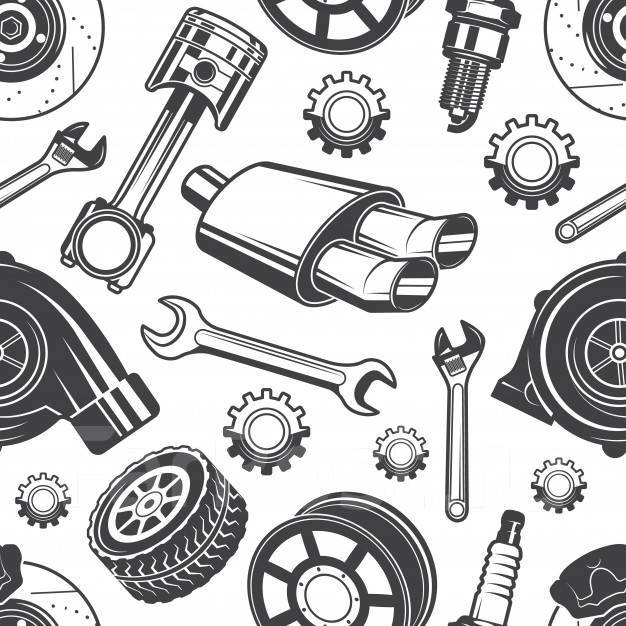How Do Medical Device Seals Meet Strict FDA Standards
Medical devices play a crucial role in modern healthcare. From life-saving equipment like pacemakers to everyday items like blood pressure cuffs, these devices help doctors diagnose and treat patients effectively. But have you ever wondered how these devices stay safe, sterile, and reliable? One key factor is the seals used in them.
Medical device seals must meet strict standards set by the U.S. Food and Drug Administration (FDA). In this article, we’ll explore how these seals meet those tough requirements and why it matters to everyone.
What Is the FDA and Why Are Its Standards Important?
The FDA is a federal agency responsible for protecting public health by ensuring the safety and effectiveness of drugs, food, and medical devices. When it comes to medical devices, the FDA sets strict guidelines to make sure they are safe and work as intended. This includes the materials, design, and manufacturing processes of the devices—and that includes the seals.
Without meeting FDA standards, a medical device cannot be legally sold or used in the United States. These standards protect patients from risks associated with faulty or unsafe medical devices. The FDA regularly updates its guidelines to keep up with new technology and health concerns.
What Are Medical Device Seals?
Medical device seals are components designed to prevent leaks, contamination, and parts from coming apart within medical devices. They are essential for keeping devices that come into contact with bodily fluids, medications, or sterile environments working properly. Seals are found in a wide range of medical devices, including:
- Syringes and Infusion Pumps
Seals prevent leaks of medications and fluids.
- Ventilators and Respirators
Seals ensure airtight connections for proper airflow.
- Dialysis Machines
Seals maintain sterile environments and prevent contamination.
- Implantable Devices
Seals protect internal parts from bodily fluids.
Materials Used in Medical Device Seals
Choosing the right materials for seals is critical. Materials must be safe for the body, durable, and suitable for the device’s specific use. Common materials include:
- Silicone
Flexible and resistant to extreme temperatures.
- EPDM Rubber
Resistant to chemicals and weathering.
- Thermoplastic Elastomers (TPEs)
Combine the properties of rubber and plastic.
- Fluoroelastomers (FKM)
Resist chemicals and high temperatures.
Manufacturers must ensure that these materials are not only effective for sealing but also safe for medical use. This means they should not cause allergic reactions or interact negatively with medications or bodily fluids.
How Do Seals Meet FDA Standards?
Meeting FDA standards involves a comprehensive approach covering every aspect of the seal’s life—from design to production to after it hits the market. Here’s how manufacturers ensure compliance:
- Using FDA-Approved Materials
Materials must be safe for the body. Manufacturers often refer to standards like ISO 10993, which outlines how to test medical device materials for safety.
- Following Good Manufacturing Practices (GMP)
The FDA requires manufacturers to follow GMP, regulations that ensure products are consistently made and controlled according to quality standards. GMP covers:
Clean Facilities: Keeping factories clean and equipment well-maintained.
Trained Staff: Ensuring employees know how to produce and check quality products.
Process Checks: Making sure manufacturing processes produce products that meet specifications every time.
- Design Controls and Risk Management
Manufacturers must plan and check designs carefully, including looking at risks and testing to make sure the seals work as intended under all expected conditions.
Testing and Quality Control
Rigorous testing is conducted to verify that seals meet performance requirements. This includes:
Physical Testing: Checking properties like strength and flexibility.
Chemical Testing: Ensuring materials don’t break down or react badly with other parts.
Sterility Testing: Making sure seals keep sterile areas free from germs.
- Documentation and Traceability
Detailed records are kept for each batch of seals produced. This helps trace any issues back to their source and allows for quick action if a problem is found.
- Regulatory Submissions
Before a medical device (and its seals) can be sold, manufacturers must submit documents to the FDA showing they meet all rules. This might involve special notifications or approvals, depending on the device.
Importance of Compliance
Following FDA standards is crucial for several reasons:
- Patient Safety
Faulty seals can lead to device failure or contamination, which can harm patients.
- Legal Requirements
Companies must meet these standards to sell their products in the U.S.
- Reputation
Meeting standards builds trust with hospitals and patients.
- Financial Health
Non-compliance can lead to recalls, legal action, and loss of business.
Conclusion
Medical device seals may be small, but their role is enormous. They ensure that medical devices operate safely and effectively, protecting both patients and healthcare providers. By using approved materials, following strict manufacturing processes, and conducting thorough testing, manufacturers meet the FDA’s strict standards. This keeps patients safe and helps the healthcare system function smoothly. Understanding how these seals meet FDA standards helps us appreciate the complex journey from a device’s creation to its use in saving lives. Thank visiting freshvoicehub.com














Post Comment